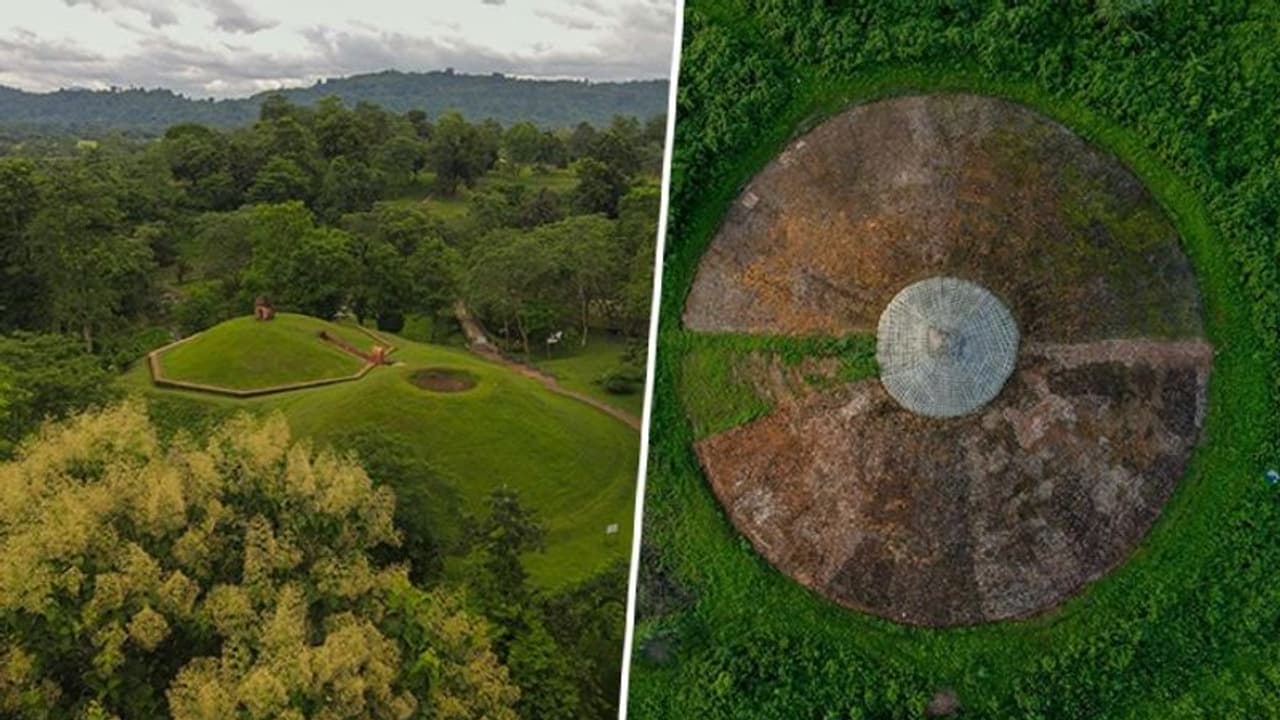The Moidams are traditional burial mounds constructed for the Ahom kings, queens, and nobles in Assam. The term "Moidam" is derived from the Tai words "Phrang-Mai-Dam" or "Mai-Tam," which translate to "bury" and "spirit of the dead," respectively.
The Moidams of the Ahom Dynasty in Assam were on Friday (July 26), officially recognized as India's 43rd World Heritage Site during the 46th World Heritage Committee session in New Delhi. This designation highlights the cultural and historical importance of these ancient burial mounds.

The Moidams are traditional burial mounds constructed for the Ahom kings, queens, and nobles in Assam. The term "Moidam" is derived from the Tai words "Phrang-Mai-Dam" or "Mai-Tam," which translate to "bury" and "spirit of the dead," respectively.
A look at the structure and features:
Each Moidam consists of three main components:
1. Vault or Chamber: This is where the body of the deceased is placed. Initially constructed from wooden poles and beams, these vaults were later replaced with more durable stone and brick during the reign of King Rudra Singha (CE 1696-1714).
2. Hemispherical Mound: An earthen mound covers the chamber, forming a prominent and recognizable feature of the Moidam.
3. Brick Structure (Chaw-chali) and Boundary Wall: On top of the mound is a brick structure used for annual offerings. Additionally, an octagonal boundary wall with an arched gateway surrounds the Moidam.
Kargil Vijay Diwas: PM Modi honours gallant efforts and sacrifices of armed forces in Ladakh (WATCH)
The size of these mounds varies, ranging from small structures to large hillocks, depending on the deceased's status and resources. Inside the vault, the dead were buried with personal belongings, including clothes, ornaments, and weapons. In some cases, living or dead attendants were also interred, although this practice was later abolished by King Rudra Singha.
